The Blue-winged Teal (Anas discors) is not that common in California except along the coast, so we were pretty excited to discover several pair at Gray Lodge Wildlife Area on Saturday. Click on photos for full sized images.
Of course the drakes get all of the glory in the duck world but I think the females are just as beautiful in their own way with their heavily patterned feathers. This is the female Blue-winged Teal. Note the blue on the top of the beak.
Blue-winged Teal breed over a large portion of North America but occur irregularly or at low densities in many portions of their range. The highest breeding densities occur in mixed-grass prairie and parklands of north-central U.S. and the prairie provinces of Canada, where the species is often the most abundant breeding duck1.
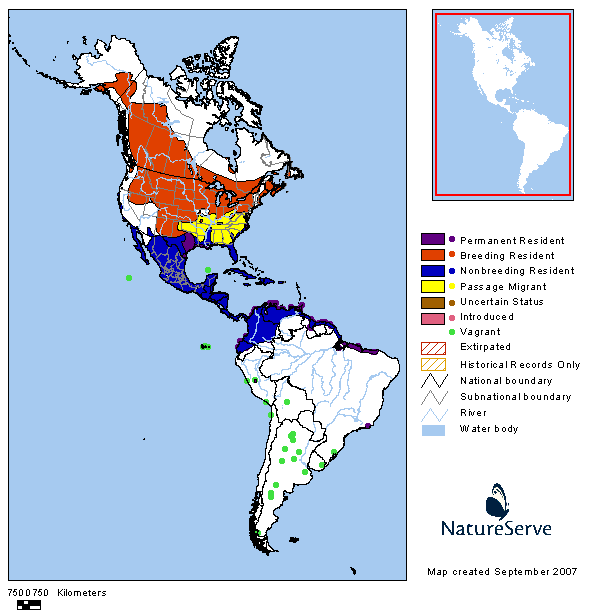
It was a gorgeous day at Gray Lodge Wildlife Area, even though it was pretty windy and fairly cold, the sun was out.
And just so you know…
these photos were all taken at Sacramento National Wildlife Refuge…
from one of the photo blinds there…
not at Gray Lodge Wildlife Area.
Once every feather is clean and in place, it’s time to relax and enjoy a little shut eye.
I was able to shoot some video of the Blue-winged Teal pair preening and foraging at Sacramento National Wildlife Refuge. A couple of Green-winged Teal drakes shared in the activity. You will also hear several Marsh Wrens in the background. They were seen and heard all over the refuge wherever bulrush was found.
This short video shows the head shaking behavior Blue-winged Teal exhibit just before they take flight when they feel uneasy or threatened. It also includes Black-necked Stilts, Green-winged Teal, and American Coots. You can also hear Red-winged Blackbirds, Western Meadowlark and more Marsh Wrens singing.
References:1Birds of North America Online

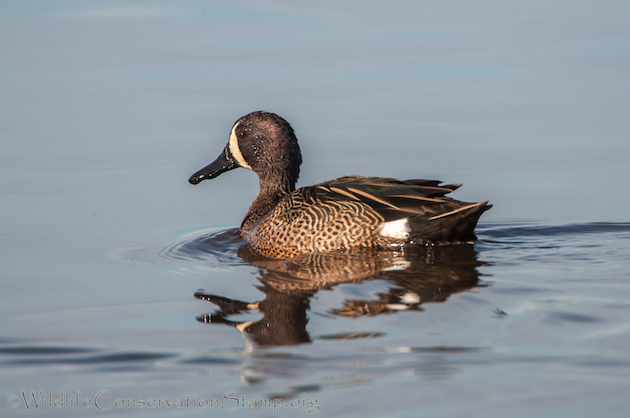
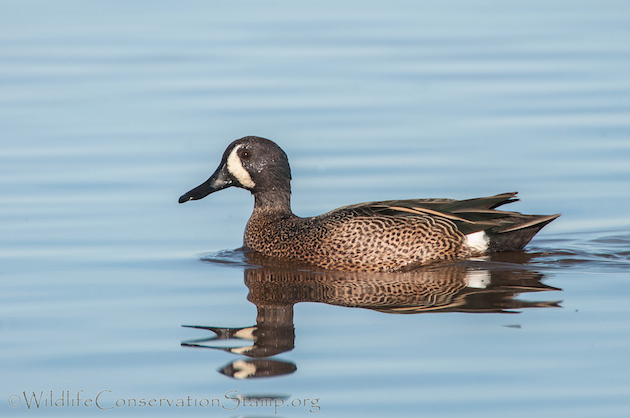
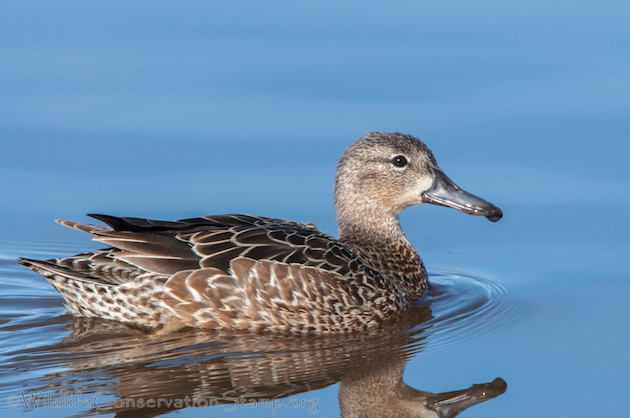
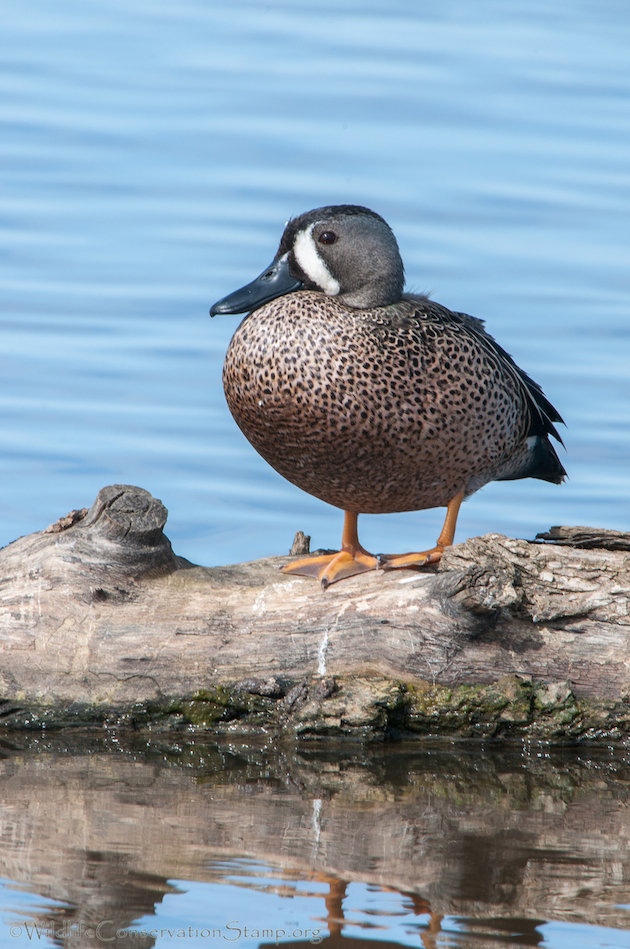
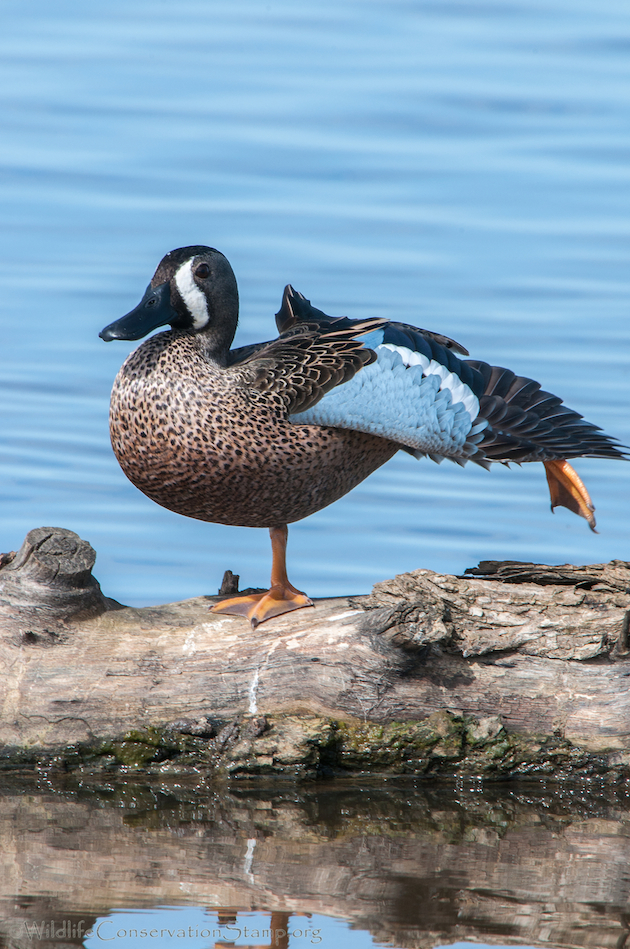
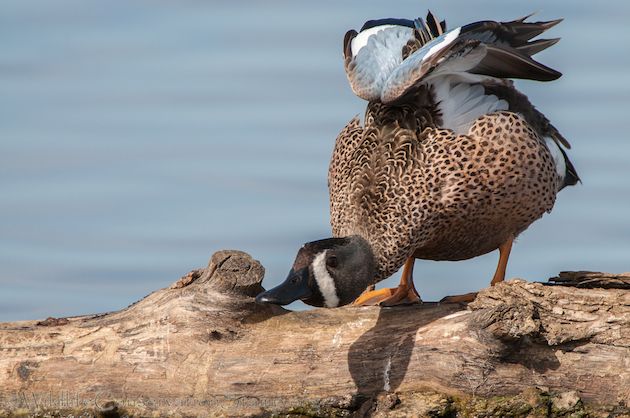
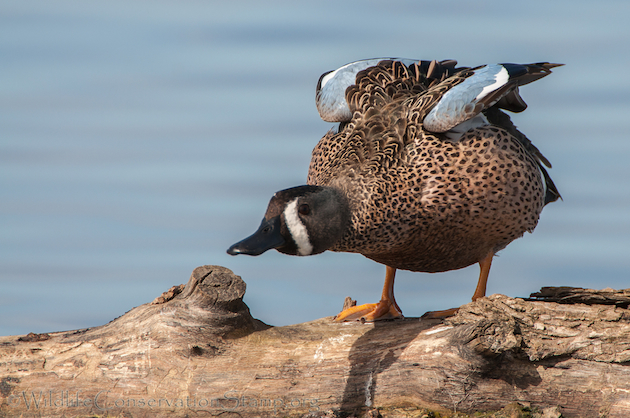
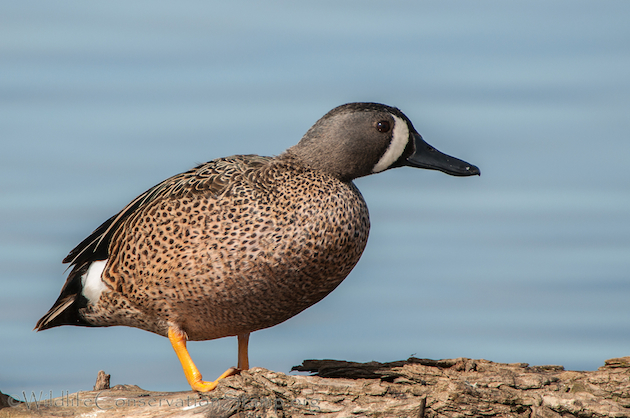
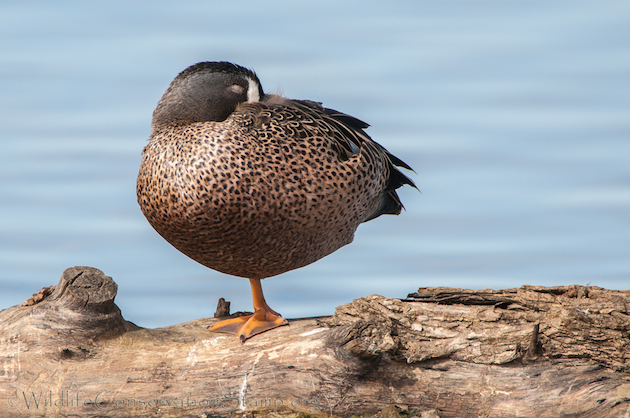
No comments yet.